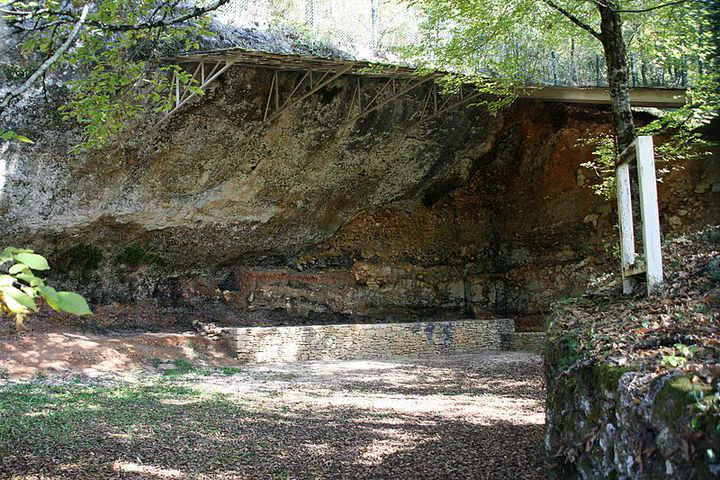Climatic drivers of Neanderthal site occupation
 Image credit: Sémhur
Image credit: SémhurHuman responses to, and tolerance of, the rapid climatic changes of the Last Glacial Period are a central aspect of human evolutionary history, but are often poorly understood due to the difficulty of relating spatially distant climate archives to archaeological deposits at sufficient resolution. The proposed project addresses this challenge by developing a framework for providing highly resolved climatic context for the archaeological record that is representative of local climatic conditions and, crucially, directly associated with archaeological materials. This will be achieved using a multi-proxy approach that combines stable isotope analysis of plant derived n-alkanes and stable isotope analysis of human hunted prey animals. As the first combination of these two methods within one archaeological site, the project will serve as a proof-of-concept to demonstrate how local natural climatic fluctuations (n-alkanes) can be compared with the climatic conditions specifically of the (short) periods of site occupation (faunal stable isotopes) to yield robust information on climatic patterns in in site occupation behaviour of Palaeolithic humans.
This project uses a combined n-alkane/faunal stable isotope approach to an exemplary Palaeolithic stratigraphic sequence using the Neandertal occupation of La Ferrassie, France, as a case study. The project will extract n-alkanes from a dense transect of sediment samples across the Middle Palaeolithic profile, to generate a high resolution record of palaeoclimatic and –environmental change across ~60,000 years of Neandertal site use. This data will be combined with existing faunal stable isotope data documenting the climatic conditions that prevailed specifically during site occupation to demonstrate climatic patterns in Neandertal site occupation behaviour for a key region in the Late Neandertal archaeological record.
Previous research on the faunal stable isotopes at La Ferrassie have been published in Scientific Reports.